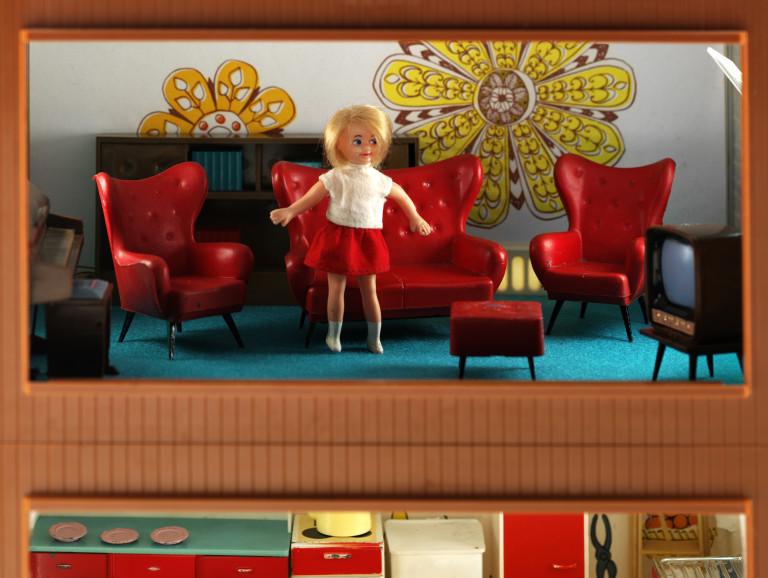Sitting room or saloon? Whatever it’s called, we’ve got plenty of them in the Small Stories exhibition.
Louisa in the Tate Baby House is most certainly in a drawing room, a name evolved from its role as a place of ‘withdrawing’ from more public areas.

As Thomas Sheraton explained in 1803, “the drawing room is to concentrate the elegance of the whole house, and is the highest display of richness of furniture”. Hence the embroidered silk chairs, the oil paintings and the mahogany tea table.
But for an intimate conversation, they may have considered finding a parlour. Originating in the Old French ‘parleur’, this once meant a room in a monastery set aside for monks and guests to speak privately (and presumably in hushed tones). By the nineteenth century, the parlour had accumulated connotations of intimacy, comfort and sociability, as well as privacy.
The parlour and the drawing room have subtly different meanings, as played out in the Killer Cabinet House of 1830-1840.
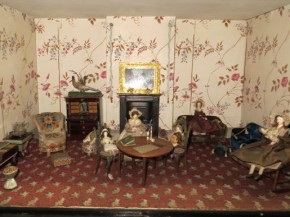
The downstairs parlour is cosy, with comfortable sofas and a rocking chair. Children sit at the table, reading and doing lessons under the watchful eye of a governess.
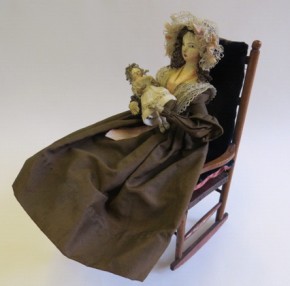
Upstairs, though, the drawing room is grander, more elegant, and is filled with adult guests. The satin upholstery gleams in the light of the chandelier. Children are allowed, but they perform for the adults’ amusement.
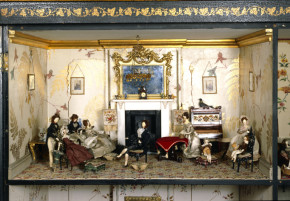

Sophia Miles, in the dolls’ house of the 1890s, has been reading Mrs Panton’s 1887 book From Kitchen to Garrett, and endeavours in her drawing room to “express in some manner her own individuality”. By this time, the drawing room had been firmly characterised as feminine in purpose and atmosphere. This room more than any other marked the collision of consumerism and domesticity. It was a site of ritual, as ladies of the middle classes exchanged formal visits, performing politeness over the tea service.
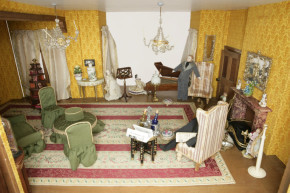
This formality is fraying at the edges in the saloon of Sir George and Lady Eveline. Their house in 1919 is a sorry shadow of its Edwardian glory days. They are short-staffed due to the recent War and the maids are over-stretched with all the dusting and sweeping. Uncle Herman doesn’t help matters.
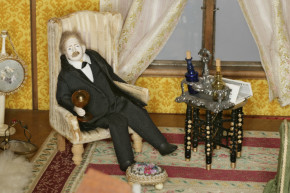
But jumping a few decades more, and the walls have come tumbling down. Moray Thomas’s 1935 Modernist villa has a large open room for eating, sitting, dancing, drinking – and she calls it a lounge – which is what her guests do there. Folding doors mean it even spills out into the garden. And almost all the knick-knacks have disappeared, replaced by one or two sculptural vases.
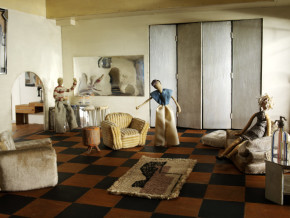
Family life for the Hopkinsons, though, brings plenty of clutter. Their wartime living room (and all aspects of life seems to go on in here) includes the essential comfy armchairs, a folding table, a statement rug, a display case full of precious china, and a wireless.
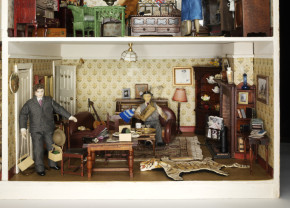
Finally in the 1960s we find a sitting room with a television – which replaced the hearth as the focal point of the room. The inhabitants of Tri-ang Towers now know what to point their furniture at, while they sit on the sofa and eat TV dinners off their laps, ignoring the noise of the neighbours above.
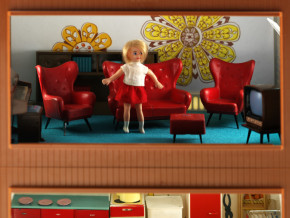

Further reading:
Thad Logan. The Victorian Parlour: A Cultural Study. Cambridge University Press, 2001
Lucy Worsley. If Walls Could Talk: An Intimate History of the Home. Faber and Faber, 2011
